ROBERT MAPPLETHORPE
March 15–July 31, 2016 at the J. Paul Getty Museum, Getty Center
March 20–July 31, 2016 at LACMA (Los Angeles County Museum of Art)
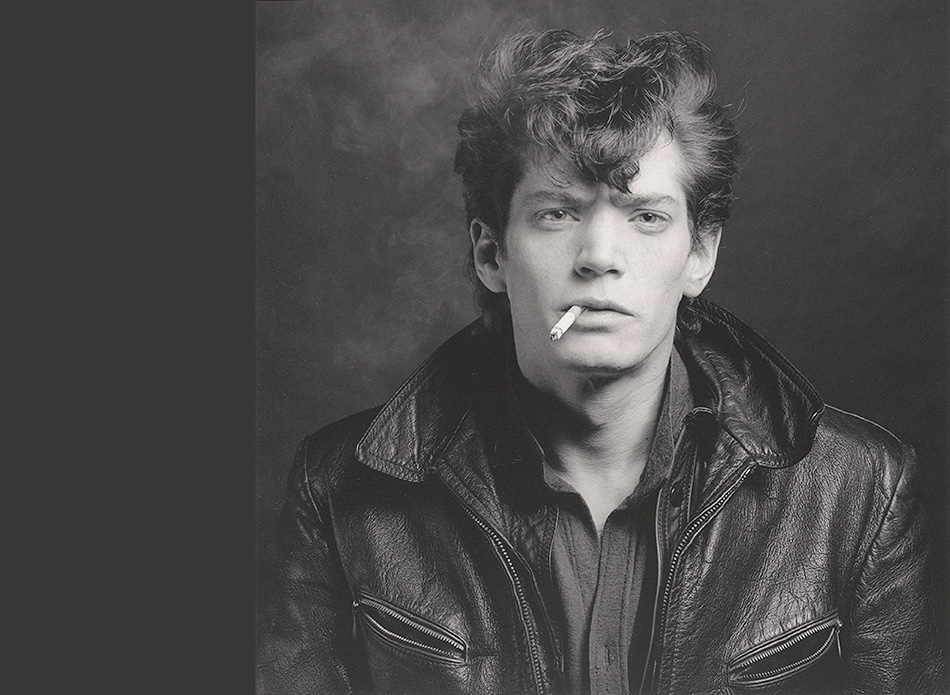
Robert Mapplethorpe. American, 1946–1989. “Self-Portrait, 1980″ Gelatin silver print Image: 35.6 x 35.6 cm (14 x 14 in.) Jointly acquired by the J. Paul Getty Trust and the Los Angeles County Museum of Art; partial gift of The Robert Mapplethorpe Foundation; partial purchase with funds provided by the J. Paul Getty Trust and the David Geffen Foundation, 2011.9.21 © Robert Mapplethorpe Foundation
A major retrospective examining the work and career of one of the most influential visual artists of the 20th century
The exhibition is co-organized by LACMA and the J. Paul Getty Museum. In a historic collaboration, the two institutions will trace the artist’s working methods and materials, presenting the improvisational, experimental aspects of his practice alongside the refined perfection of his prints. The works on display provide new context for understanding the key genres that Mapplethorpe pursued: portraiture, the nude, and still life. Between the two museums, more than 300 works by Mapplethorpe will be on view, making this one of the largest-ever presentations of his work.
Highlights
LACMA’s presentation focuses on Mapplethorpe’s working methods, sources, and creative processes.
J. Paul Getty Museum highlights the artist’s disciplined studio practice, figure studies, and legacy.
The Nude
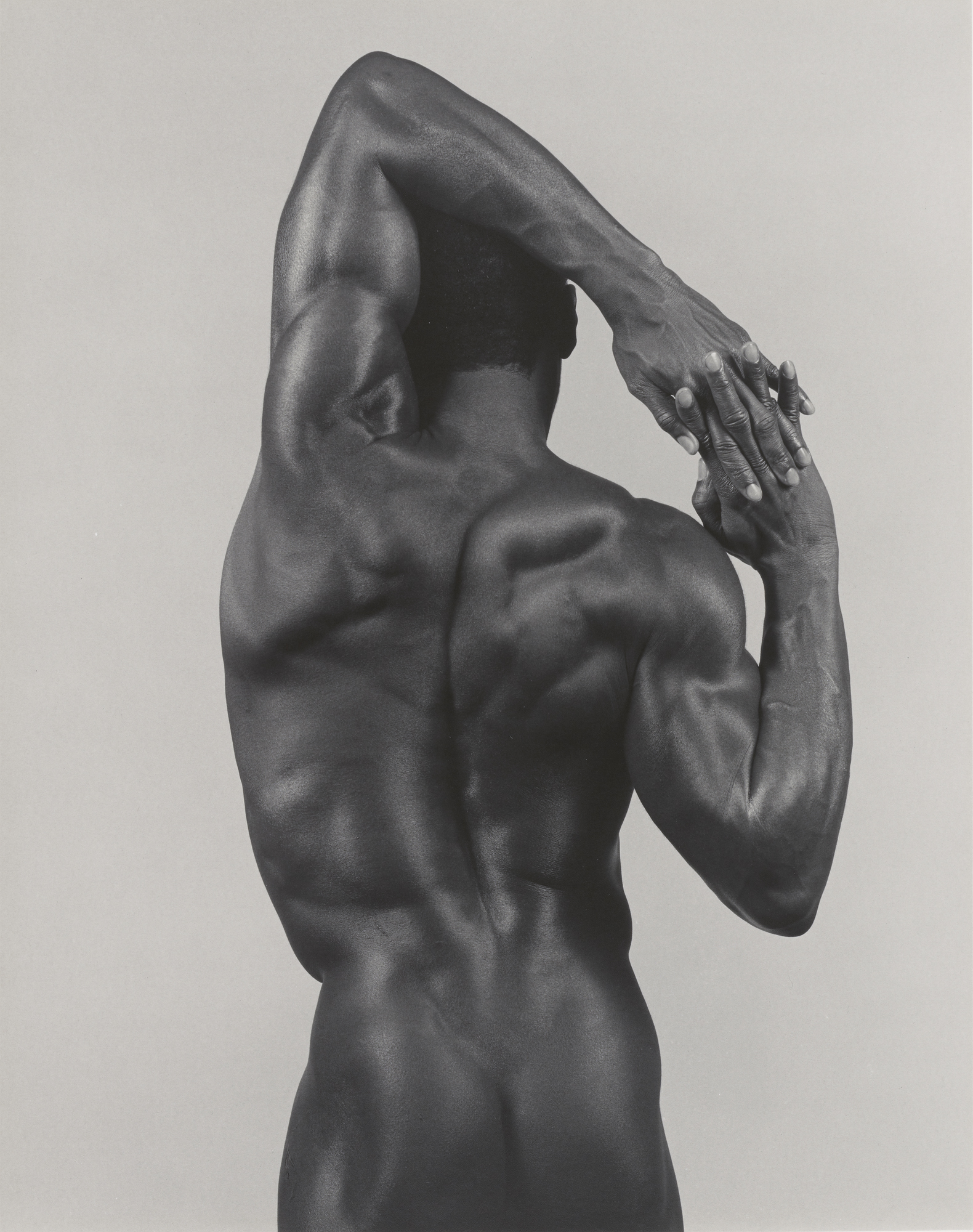
Robert Mapplethorpe. “Derrick Cross, 1983″. Gelatin silver print. Image: 48.5 x 38.2 cm (19 1/8 x 15 1/16 in.) Promised Gift of The Robert Mapplethorpe Foundation to the J. Paul Getty Trust and the Los Angeles County Museum of Art, L.2012.88.910. © Robert Mapplethorpe Foundation.
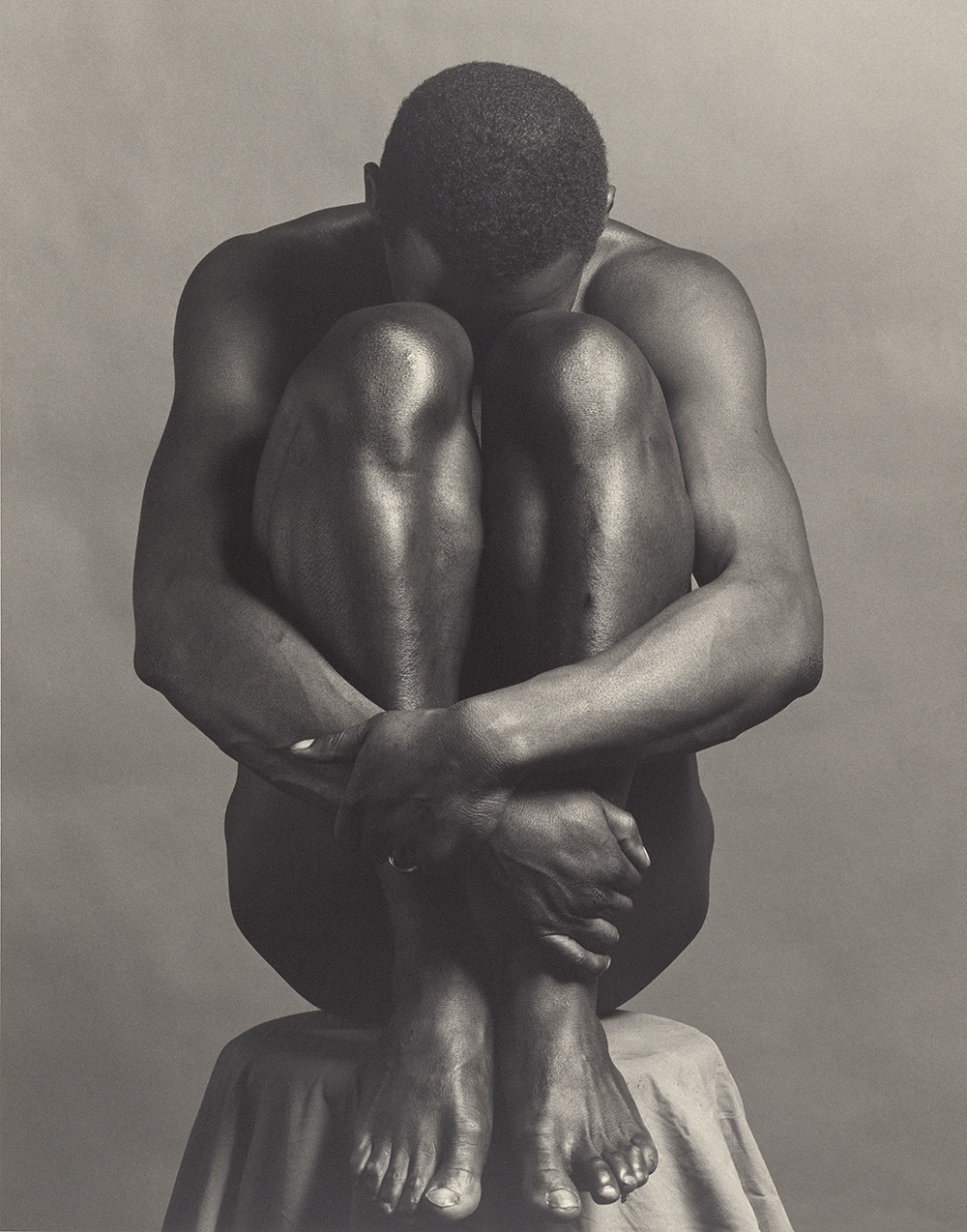
Robert Mapplethorpe. “Ajitto, 1981″. Gelatin silver print. Image: 45.4 x 35.5 cm (17 7/8 x 14 in.) Jointly acquired by the J. Paul Getty Trust and the Los Angeles County Museum of Art, with funds provided by the J. Paul Getty Trust and the David Geffen Foundation, 2011.7.13. © Robert Mapplethorpe Foundation.
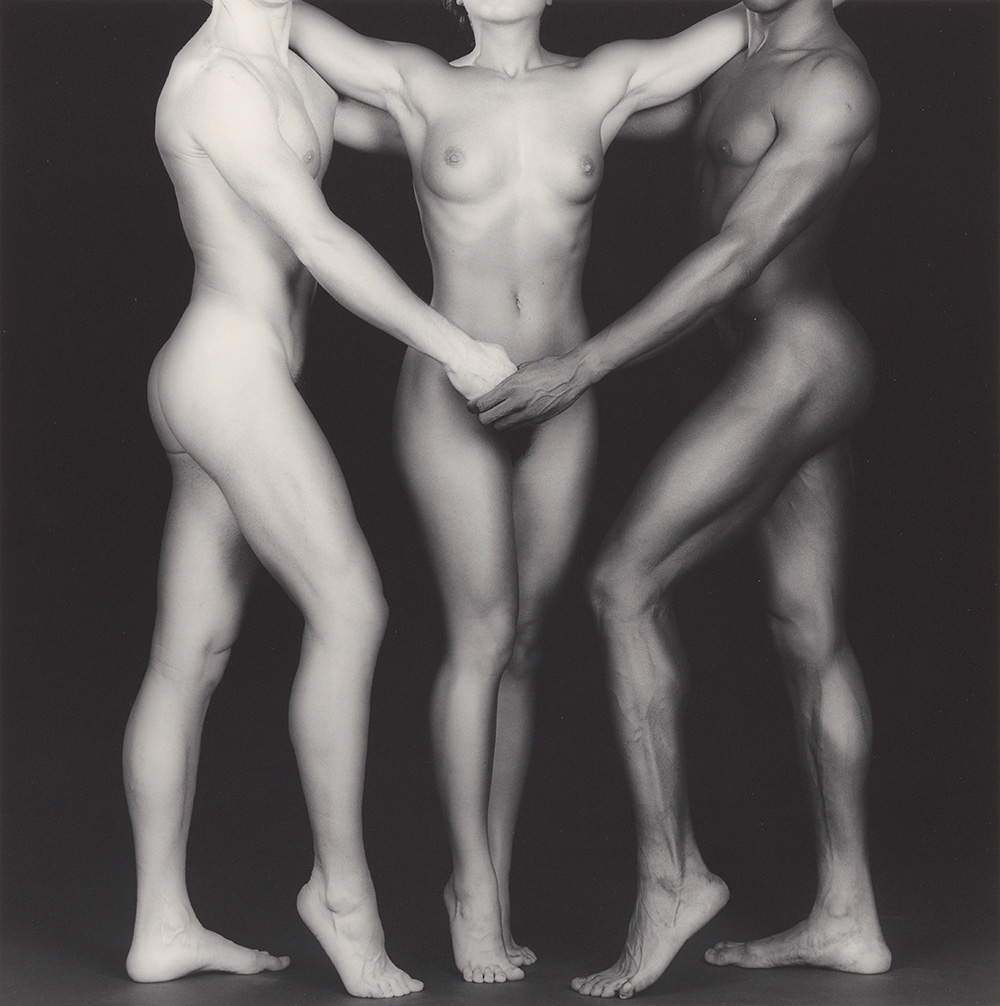
Robert Mapplethorpe. “Ken and Lydia and Tyler, 1985”. Gelatin silver print. Image: 38.4 x 38.2 cm (15 1/8 x 15 1/16 in.) Jointly acquired by the J. Paul Getty Trust and the Los Angeles County Museum of Art, with funds provided by the J. Paul Getty Trust and the David Geffen Foundation, 2011.7.19. © Robert Mapplethorpe Foundation
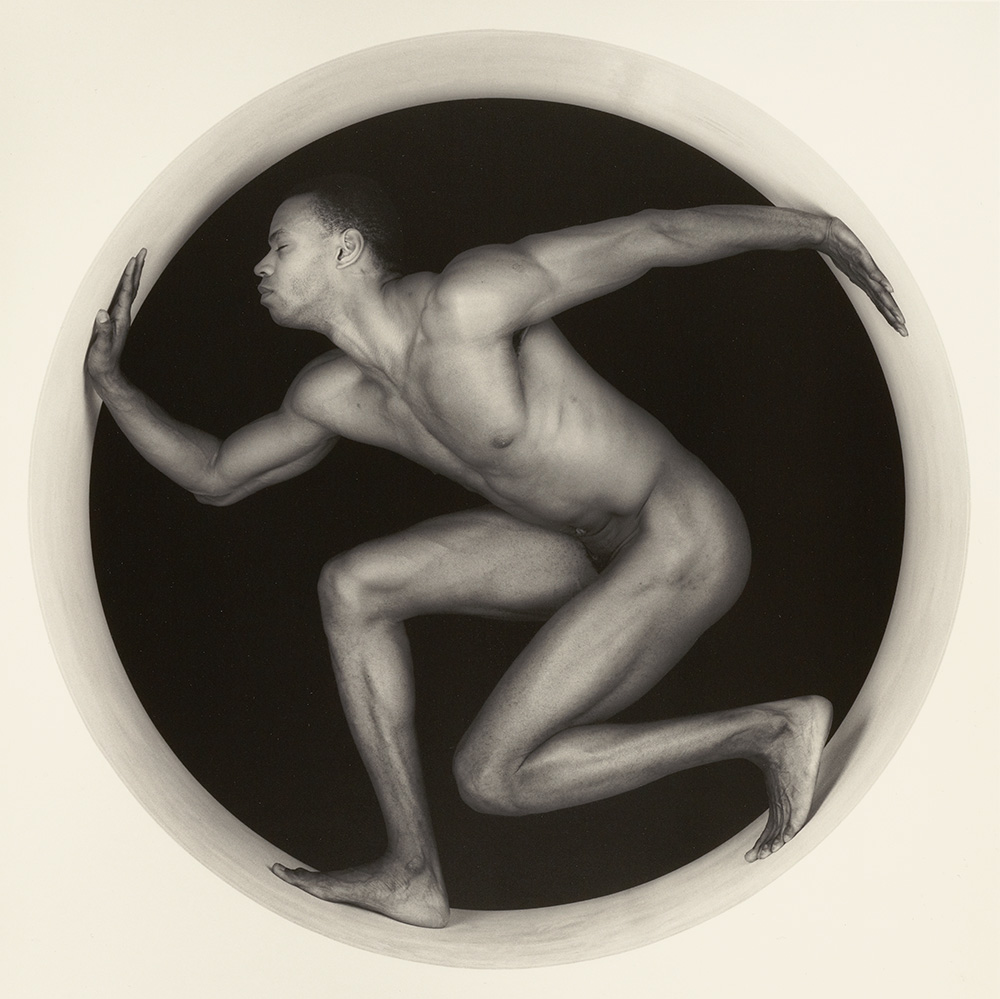
Robert Mapplethorpe. “Thomas, 1987”. Gelatin silver print. Image: 48.8 x 48.8 cm (19 3/16 x 19 3/16 in.) Jointly acquired by the J. Paul Getty Trust and the Los Angeles County Museum of Art, with funds provided by the J. Paul Getty Trust and the David Geffen Foundation, 2011.7.31. © Robert Mapplethorpe Foundation
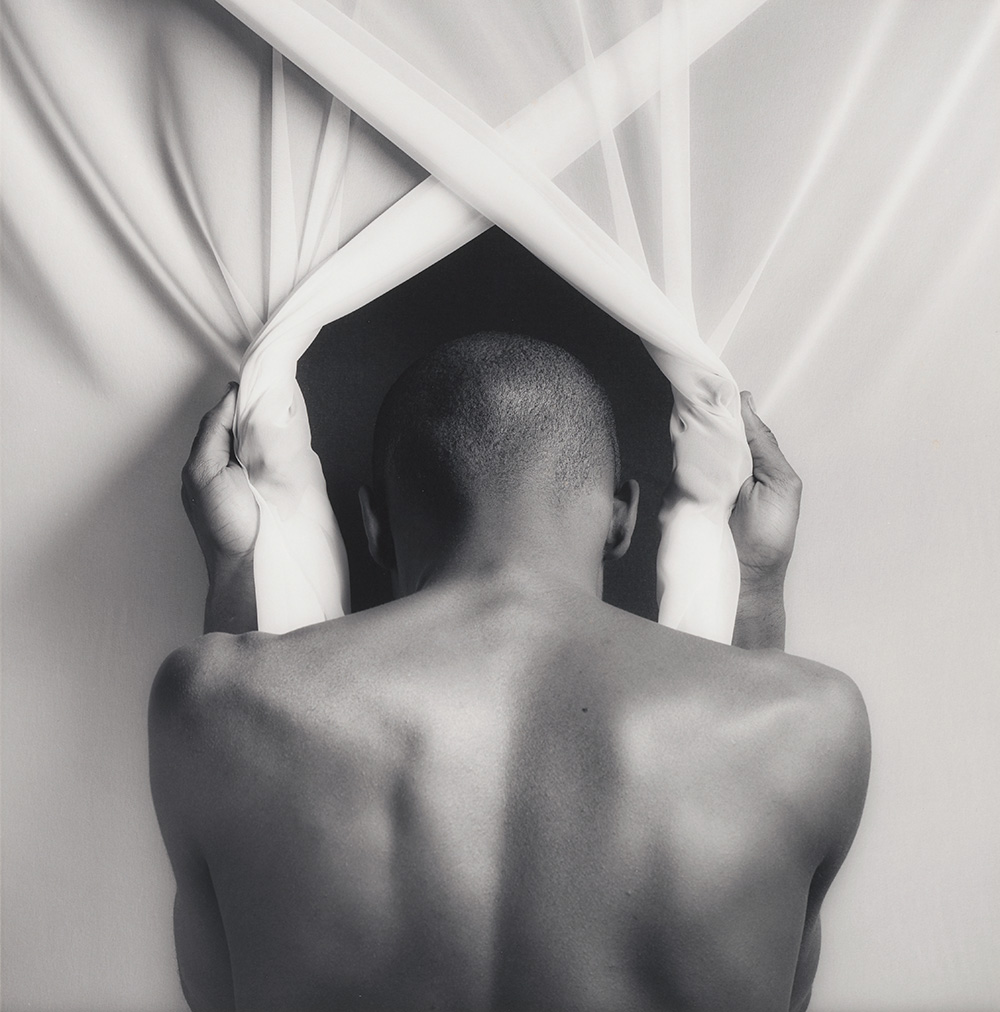
Robert Mapplethorpe. “Phillip Prioleau, 1982”. Gelatin silver print. Image: 38.8 × 38.8 cm (15 1/4 × 15 1/4 in.) Promised Gift of The Robert Mapplethorpe Foundation to the J. Paul Getty Trust and the Los Angeles County Museum of Art, L.2012.88.678. © Robert Mapplethorpe Foundation
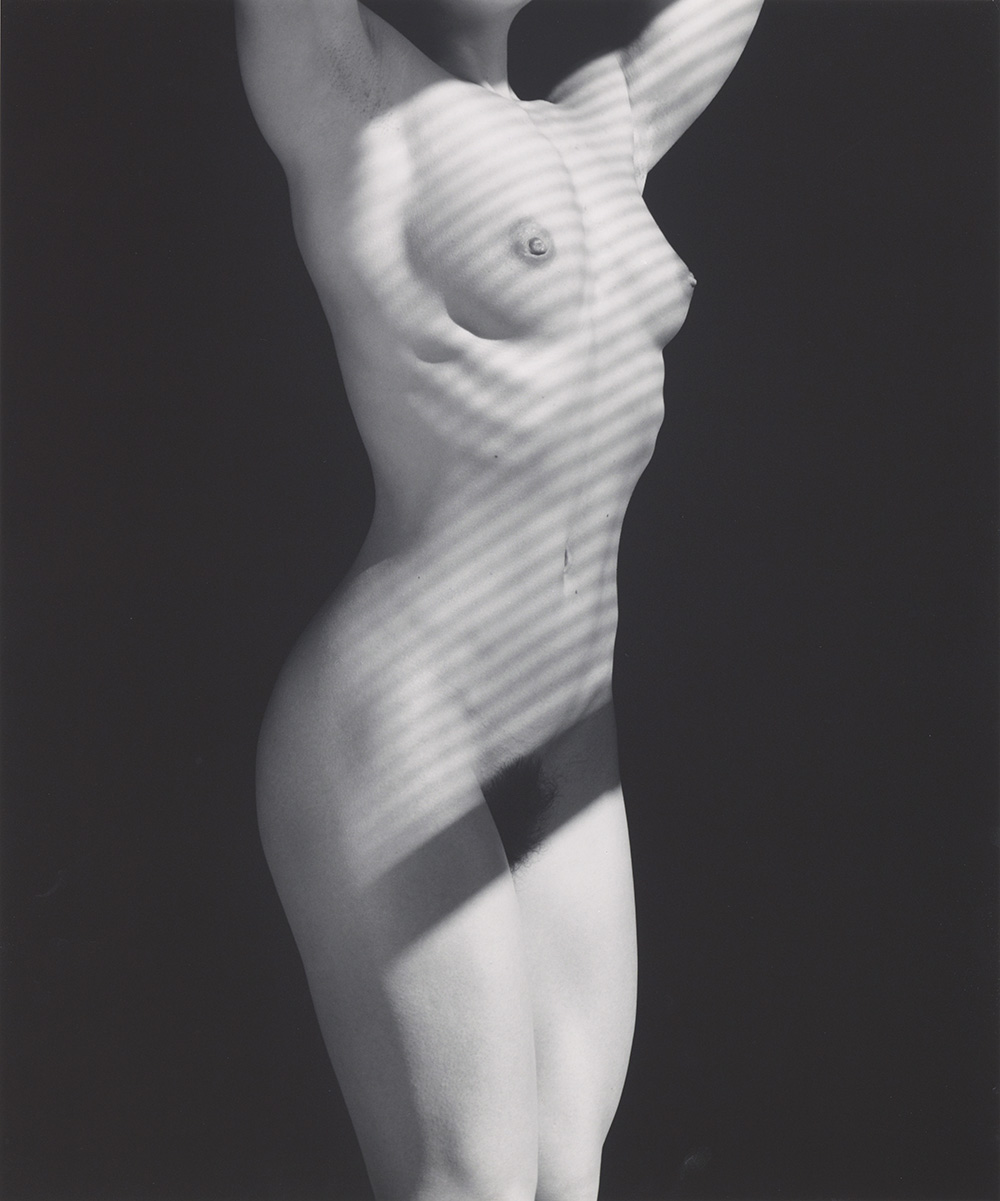
Robert Mapplethorpe. “Lydia Cheng, 1987”. Gelatin silver print. Image: 59 × 49.1 cm (23 1/4 × 19 5/16 in.) Promised Gift of The Robert Mapplethorpe Foundation to the J. Paul Getty Trust and the Los Angeles County Museum of Art, L.2012.89.644. © Robert Mapplethorpe Foundation
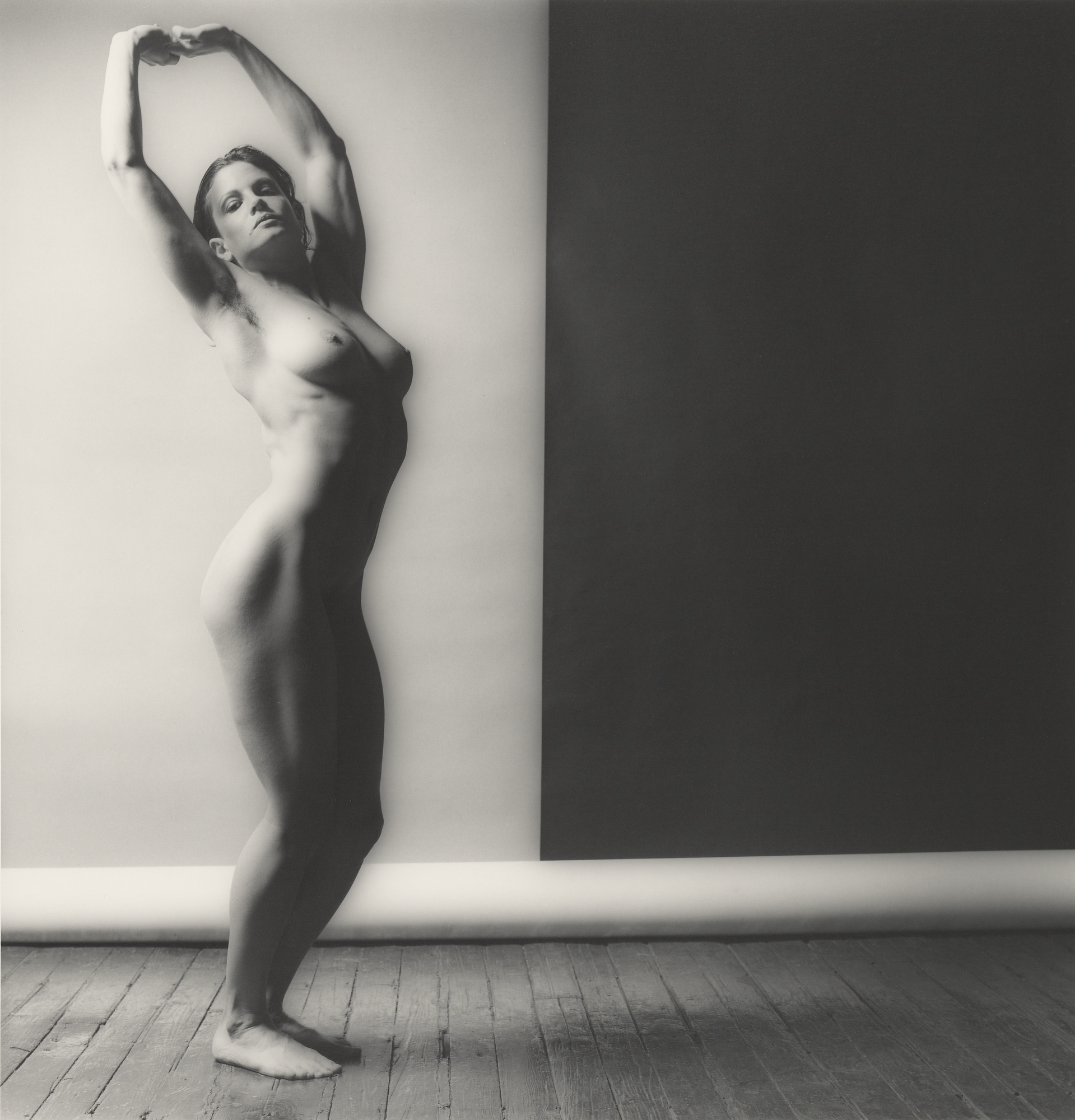
Robert Mapplethorpe. “Lisa Lyon, 1982”. Gelatin silver print. Image: 40 × 38.5 cm (15 3/4 × 15 3/16 in.) Promised Gift of The Robert Mapplethorpe Foundation to the J. Paul Getty Trust and the Los Angeles County Museum of Art, L.2012.88.683. © Robert Mapplethorpe Foundation
Two Muses
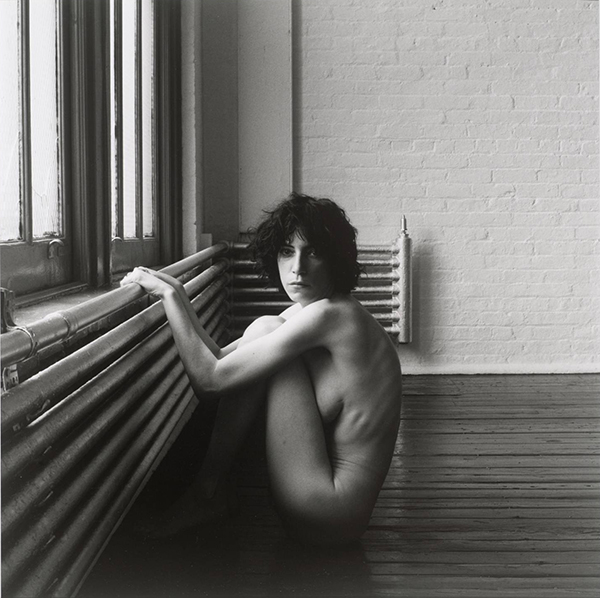 Patti Smith
Patti Smith
(1976)
Mapplethorpe was studying art at the Pratt Institute, in Brooklyn, when he met Patti Smith in spring 1967.
Mapplethorpe and Smith spent the next decade in close proximity, inspiring one another’s artistic aspirations.
Mapplethorpe chose photography as his medium in the early 1970s, whereas Smith gravitated toward poetry and music, and the two collaborated in a number of portrait sessions.
Robert Mapplethorpe. “Patti Smith, 1976”.
Gelatin silver print.
35 × 35.1 cm (13 3/4 × 13 13/16 in.)Jointly acquired by the J. Paul Getty Trust and the Los Angeles County Museum of Art, with funds provided by the J. Paul Getty Trust and the David Geffen Foundation.© Robert Mapplethorpe Foundation
Lisa Lyon 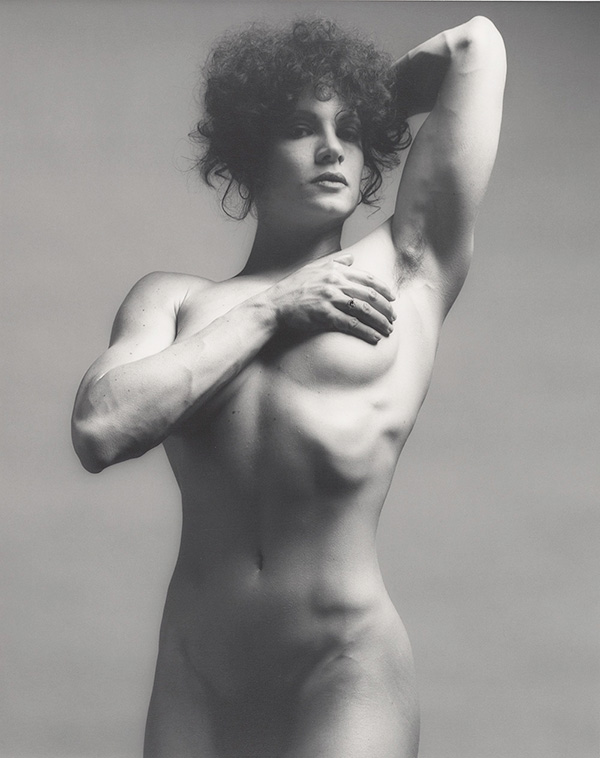
(1982)
Mapplethorpe met Lisa Lyon at a party in 1979, and he would go on to produce nearly 200 photographs of her over the next several years.
The first woman to win the International Federation of Body Builders female competition, Lyon had an androgynous, muscular physique that appealed to Mapplethorpe’s interest in the sculptural body. “I’d never seen anybody that looked like that before,” he said. “Once she took her clothes off it was like seeing something from another planet.”
The pinnacle of their collaboration came with the release of the book Lady (1983), a series of portraits of Lyon.
Portraiture
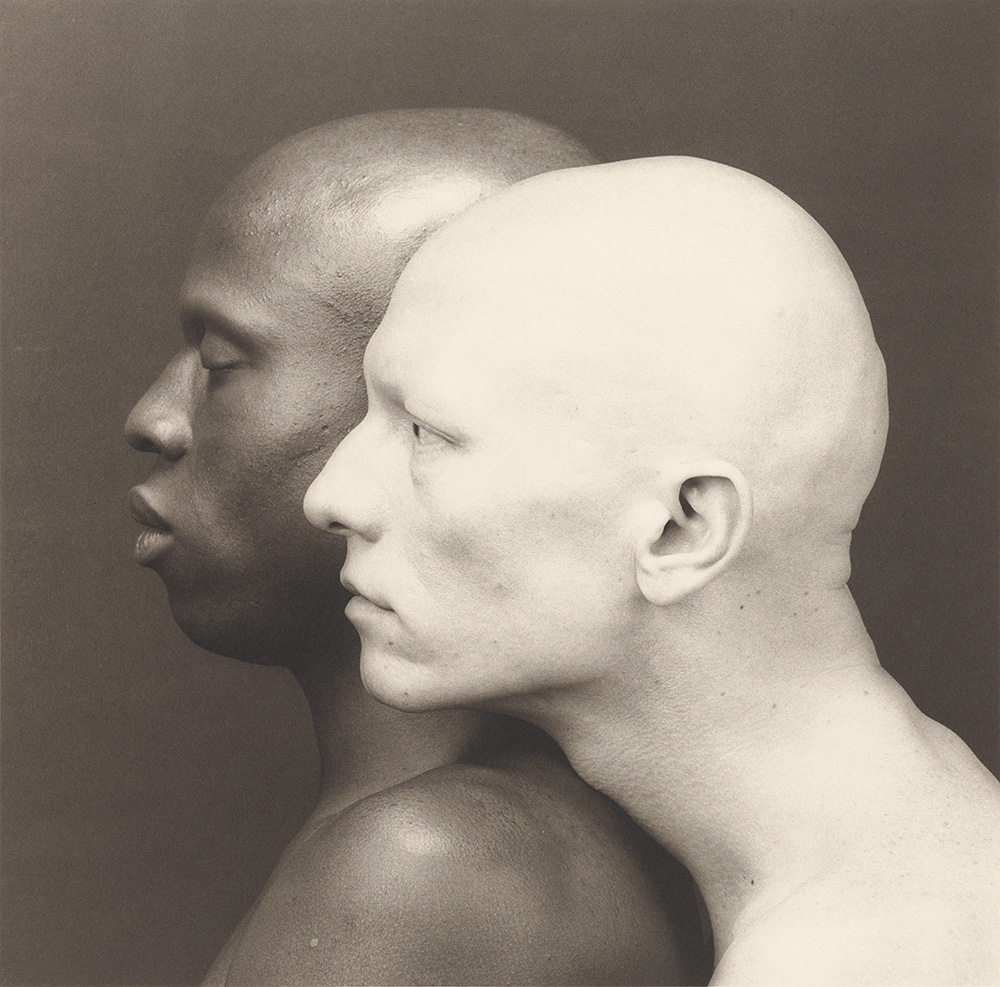
Robert Mapplethorpe. “Ken Moody and Robert Sherman, 1984”. Platinum print. Image: 49.4 × 50.2 cm (19 7/16 × 19 3/4 in.) Jointly acquired by the J. Paul Getty Trust and the Los Angeles County Museum of Art, with funds provided by the J. Paul Getty Trust and the David Geffen Foundation, 2011.7.23. © Robert Mapplethorpe Foundation
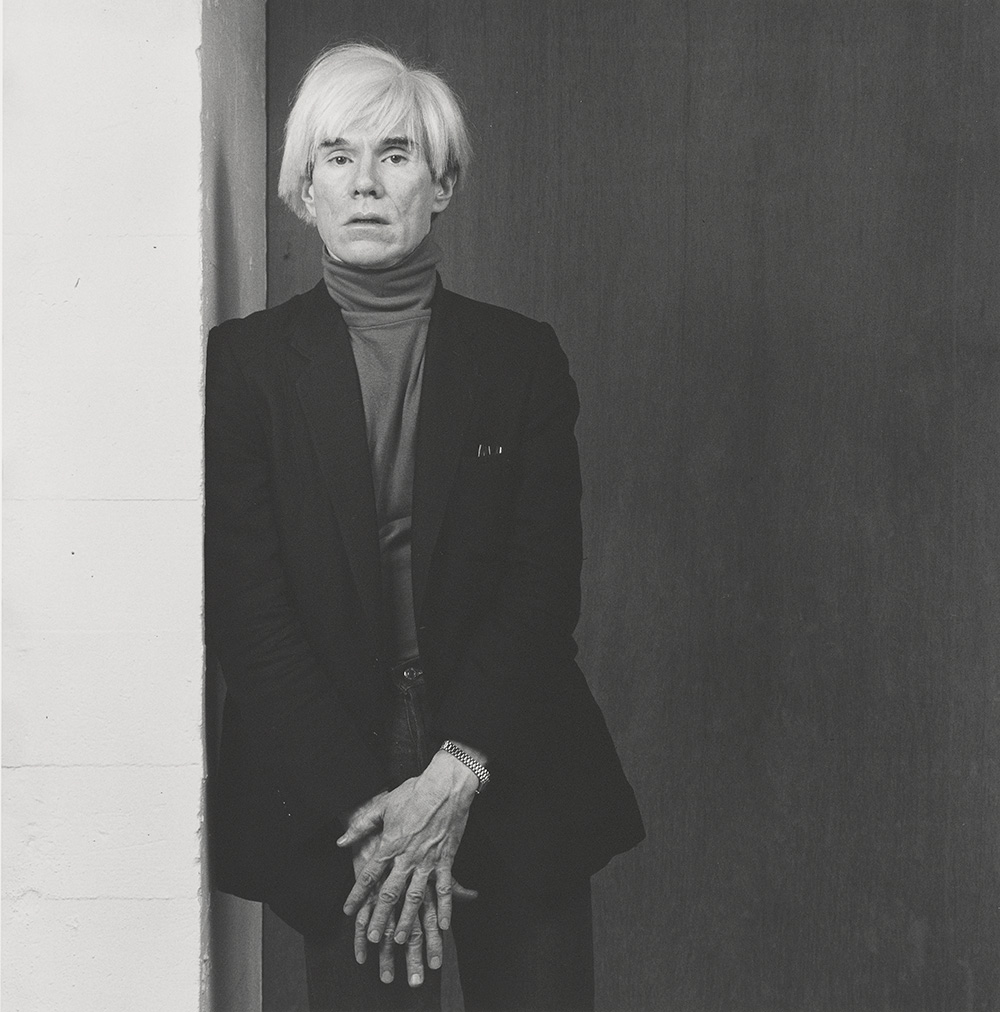 Robert Mapplethorpe. “Andy Warhol, 1983”. Gelatin silver print. Image: 39.1 x 38.5 cm (15 3/8 x 15 3/16 in.) Promised Gift of The Robert Mapplethorpe Foundation to the J. Paul Getty Trust and the Los Angeles County Museum of Art, L.2012.89.156. © Robert Mapplethorpe Foundation
Robert Mapplethorpe. “Andy Warhol, 1983”. Gelatin silver print. Image: 39.1 x 38.5 cm (15 3/8 x 15 3/16 in.) Promised Gift of The Robert Mapplethorpe Foundation to the J. Paul Getty Trust and the Los Angeles County Museum of Art, L.2012.89.156. © Robert Mapplethorpe Foundation
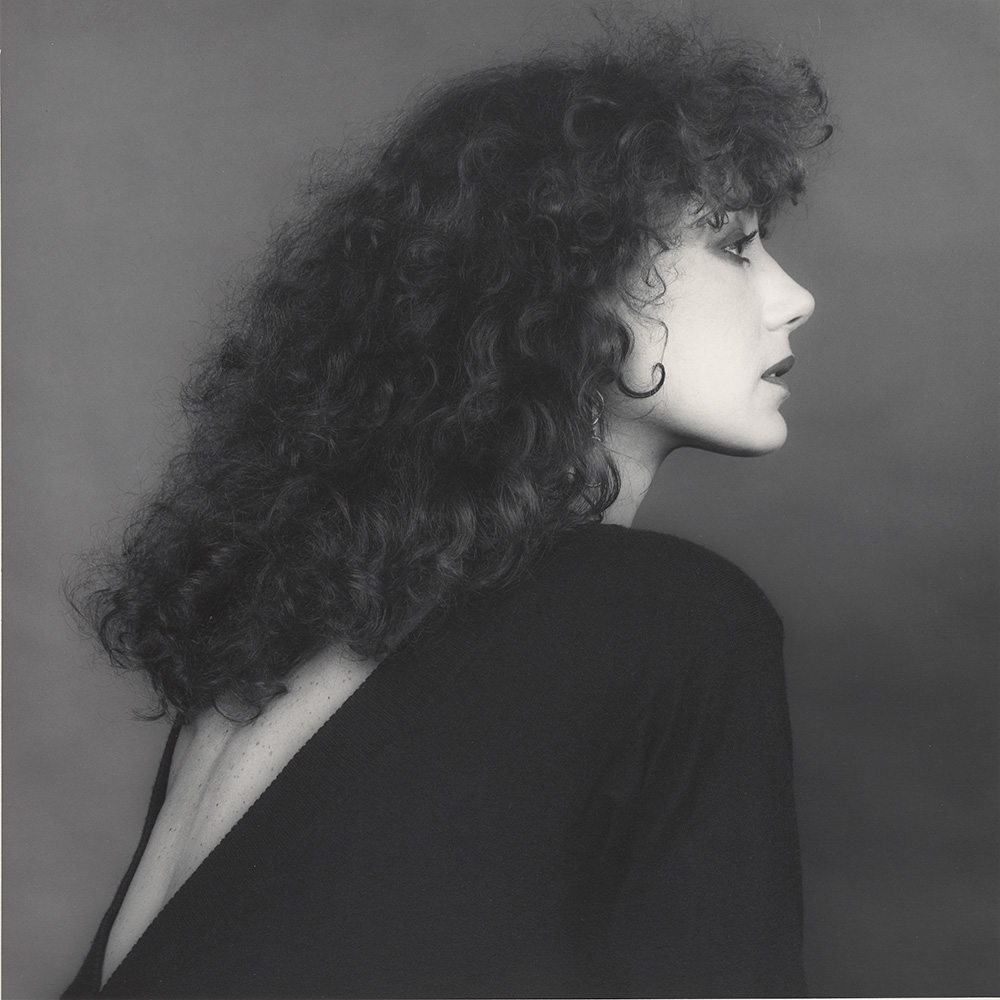
Robert Mapplethorpe. “Marisa Berenson, 1983”. Gelatin silver print. Image: 15 1/4 × 15 3/16 in. (38.74 × 38.58 cm) Primary support: 19 7/8 × 15 13/16 in. (50.48 × 40.16 cm) Frame: 25 1/4 × 24 1/4 in. (64.14 × 61.6 cm) Promised Gift of The Robert Mapplethorpe Foundation to The J. Paul Getty Trust and the Los Angeles County Museum of Art (PG.2011.15.521)
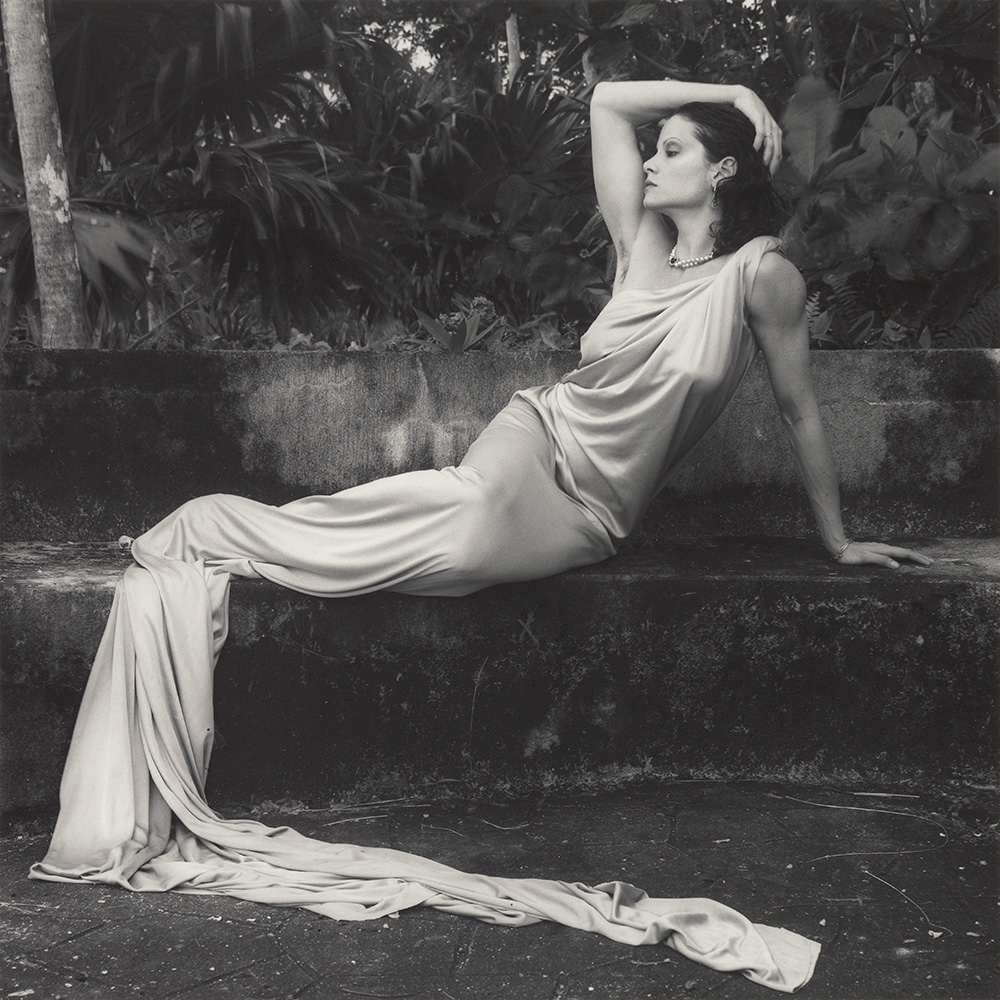 Robert Mapplethorpe. “Lisa Lyon, 1982”. Gelatin silver print. Image: 38.4 x 38.4 cm (15 1/8 x 15 1/8 in.) Promised Gift of The Robert Mapplethorpe Foundation to the J. Paul Getty Trust and the Los Angeles County Museum of Art, L.2012.88.614. © Robert Mapplethorpe Foundation
Robert Mapplethorpe. “Lisa Lyon, 1982”. Gelatin silver print. Image: 38.4 x 38.4 cm (15 1/8 x 15 1/8 in.) Promised Gift of The Robert Mapplethorpe Foundation to the J. Paul Getty Trust and the Los Angeles County Museum of Art, L.2012.88.614. © Robert Mapplethorpe Foundation
Still Life
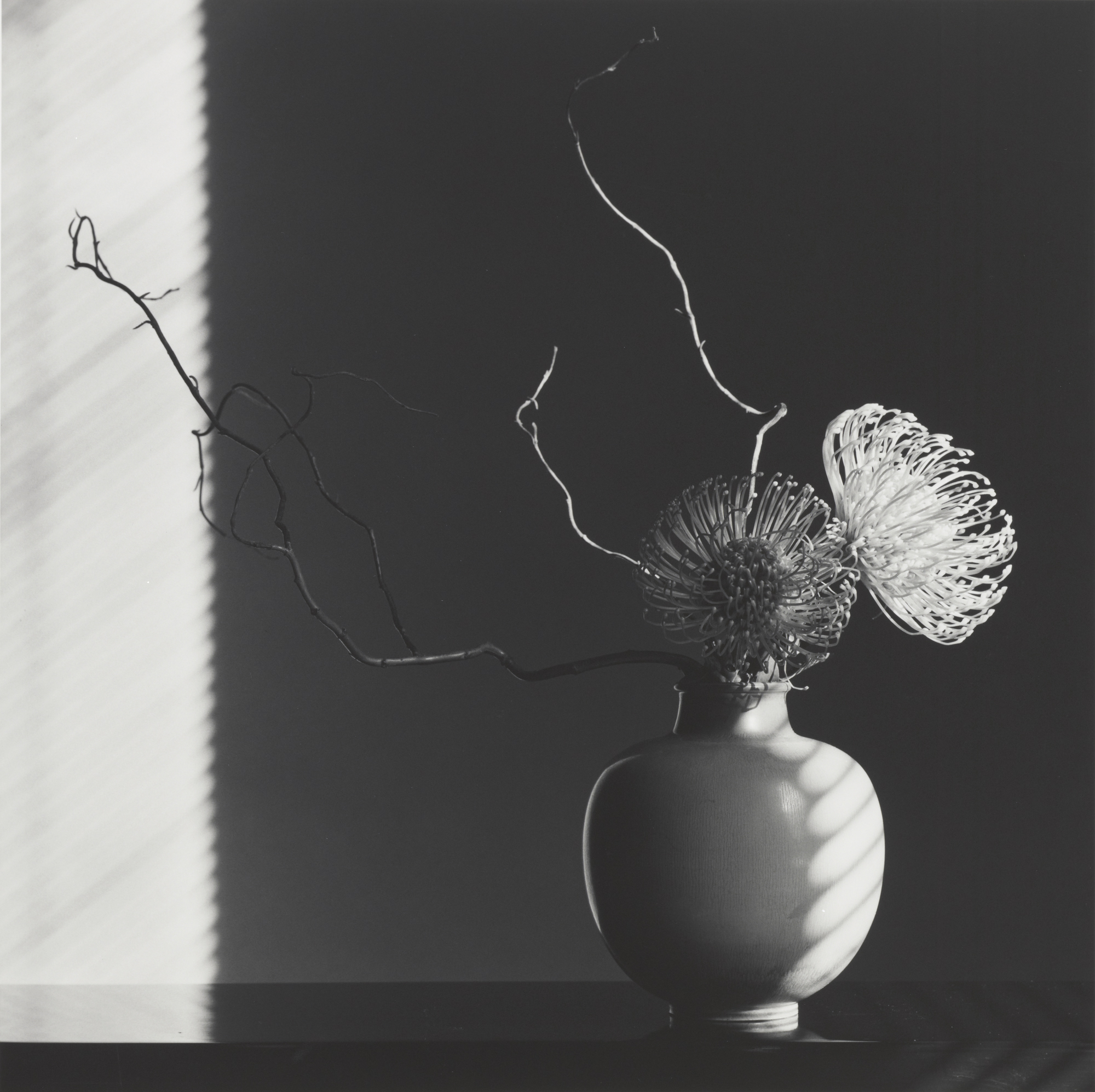
Robert Mapplethorpe. “Flower Arrangement, 1986”. Gelatin silver print. Image: 49 x 49 cm (19 5/16 x 19 5/16 in.) Promised Gift of The Robert Mapplethorpe Foundation to the J. Paul Getty Trust and the Los Angeles County Museum of Art, L.2012.89.566. © Robert Mapplethorpe Foundation
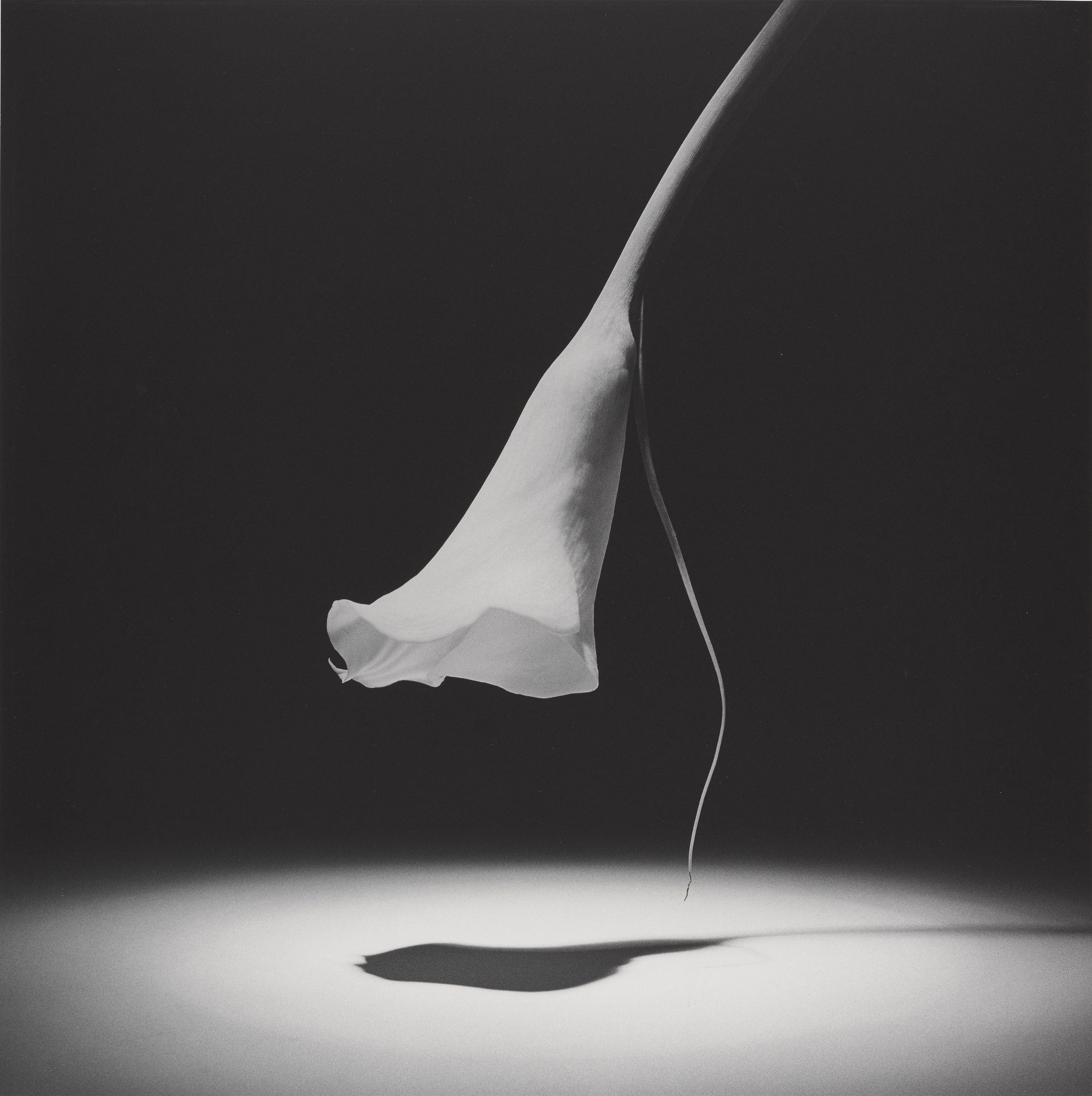
Robert Mapplethorpe. “Calla Lily, 1986”. Gelatin silver print. Image: 48.6 × 48.6 cm (19 1/8 × 19 1/8 in.) Promised Gift of The Robert Mapplethorpe Foundation to the J. Paul Getty Trust and the Los Angeles County Museum of Art, L.2012.89.598. © Robert Mapplethorpe Foundation
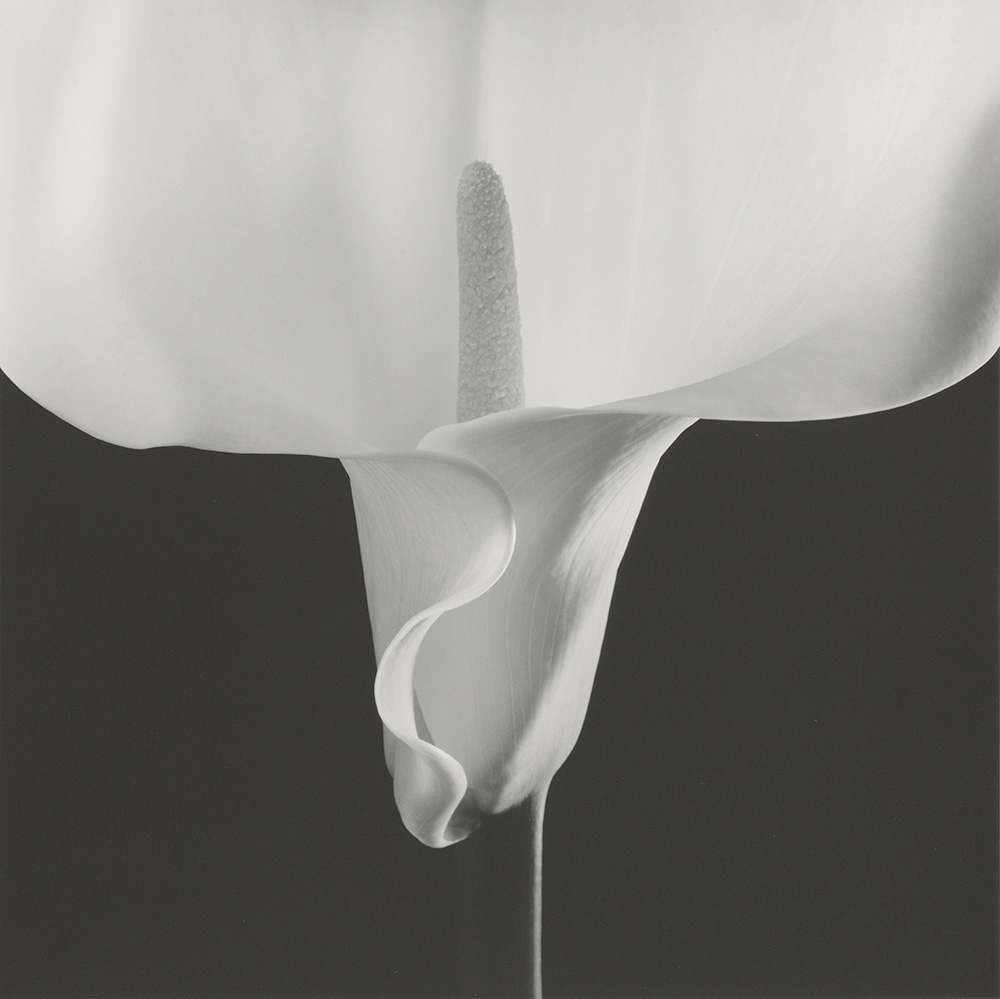
Robert Mapplethorpe. “Calla Lily, 1988”. Gelatin silver print. Image: 49 x 49 cm (19 5/16 x 19 5/16 in.) Jointly acquired by the J. Paul Getty Trust and the Los Angeles County Museum of Art; partial gift of The Robert Mapplethorpe Foundation; partial purchase with funds provided by the J. Paul Getty Trust and the David Geffen Foundation, 2011.9.26. © Robert Mapplethorpe Foundation
Life, style, art, identity, sex, success, career, decadence
 Life/Style
Life/Style
The human face and form compelled Mapplethorpe throughout his career. By reducing extraneous elements to a minimum and adhering to his own conception of physical beauty, he made this traditional subject his own.
This gallery features a range of figure studies, from those that concentrate on the sculptural body to more individualized portraits.
The dynamic between photographer and model can be tense, and Mapplethorpe, rather than defusing this charged energy, distilled it into what he considered an essential perfection in form.
Male subjects in particular commanded Mapplethorpe’s attention. Focusing on friends and lovers, he portrayed an increasingly self-aware and visible community of gay men in New York, San Francisco, London, and Paris.
Art/Identity
Like many others who came of age in the 1960s, Mapplethorpe discovered himself through art.
At age 16, he enrolled at the Pratt Institute in Brooklyn, where he gradually discarded the conservative Catholic norms of his upbringing in Queens and shifted his focus from advertising design to graphic arts with an emphasis on sculpture, painting, and drawing.
The works, made between 1965 and 1975, trace the formation of Mapplethorpe’s artistic vision and sexual identity.
Sex/Success
Sex was fundamental to Mapplethorpe’s art. In the late 1960s, he appropriated imagery from gay pornography magazines for collage and assemblage works.
By the time he began taking his own photographs in the early 1970s, he had discovered New York’s gay sadomasochistic subculture.
Mapplethorpe wanted people to know he was an active participant in this community, not simply an outside observer. “I was a part of it,” he later recalled. “Some of those experiences that I later recorded I had experienced firsthand, without a camera.”
Ultimately, Mapplethorpe’s so-called “sex pictures”—made during a relatively short span of time, between around 1973 and 1980—are less a documentation of sexual activity than a representation of it as a purified ideal, reduced to basic forms and geometries.
Camera/Career
Mapplethorpe’s first experiments with Polaroid photography in the early 1970s coincided with his entrée into art-world social circles.
He had already formed a close friendship with Patti Smith, who helped shape his sense of himself as an artist.
In 1971 he met curator John McKendry, who introduced him to the historic photography collections at the Metropolitan Museum of Art, giving him his first inkling that “photography maybe could be art.”
A year after he began to make photographs, in summer 1972, Mapplethorpe felt confident enough to show a portfolio of Polaroids, collages, constructions, and jewelry to Samuel J. Wagstaff Jr., a respected curator and collector.
The encounter resulted in a relationship that would be life-changing for both men.
Wagstaff endorsed Mapplethorpe’s artistic ambitions, while Mapplethorpe encouraged the older man to lead an openly gay lifestyle.
With Wagstaff’s support, Mapplethorpe came into his own as a photographer, showing his work at uptown and downtown galleries, exchanging his Polaroid for a Hasselblad, and establishing a studio at 24 Bond Street.
Mapplethorpe’s entry into the photographic world was complete; his next moves would redefine that world.
Refinement/Decadence
By the mid-1980s, Mapplethorpe’s work was being exhibited regularly at museums and galleries around the world.
He ran a successful portrait studio at 35 West Twenty-Third Street, employed a staff of assistants and printers, accepted editorial and fashion commissions, and showed himself to be as comfortable in a dinner jacket as in leather.
He remarked in 1988: “I’d like the work to be seen more in the context of all mediums of art and not just photography. I don’t like that isolation.”
These are the words of a man considering his place in history.
Mapplethorpe was diagnosed with AIDS in 1986. While he continued to work, he also devoted attention to defining his body of work, publishing books, collaborating with curators on two major retrospective exhibitions (in New York and Philadelphia), and establishing a foundation to preserve his legacy.
After his death in 1989, the controversy that erupted around the exhibition The Perfect Moment recast him as a polarizing figure in the culture wars.
Now, drawing on the rich resources of the Robert Mapplethorpe Archive, we can evaluate his significance in a more balanced way, accounting for his influence in both aesthetic and political terms.
Curators
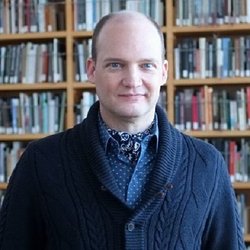 Paul Martineau
Paul Martineau
A leading curator in the field of art photography, Paul Martineau is associate curator of photographs at the J. Paul Getty Museum. He received a B.A. in art from the University of Massachusetts at Boston and a M.A. in art history from Williams College. Before joining the Getty Museum in 2003, he held positions at the Museum of Fine Arts in Boston and at the Sterling and Francine Clark Art Institute. Mr. Martineau has organized numerous exhibitions at the Getty, covering a diverse range of topics that span the mid-19th century to the 21st century
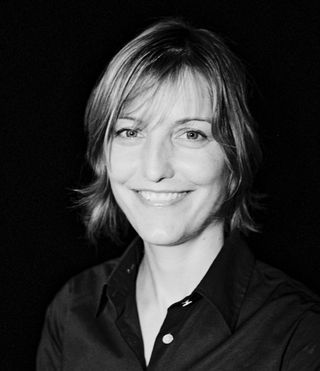 Britt Salvesen
Britt Salvesen
Joined LACMA in October 2009 as curator and head of the Wallis Annenberg Photography Department and the Prints and Drawings Department. Previously, she was director and chief curator at the Center for Creative Photography (CCP), University of Arizona. Prior to joining CCP, Salvesen was associate curator of prints, drawings, and photographs at the Milwaukee Art Museum and associate editor of scholarly publications at the Art Institute of Chicago. She received her MA from the Courtauld Institute of Art and her PhD from the University of Chicago.
Statements
Michael Govan. LACMA CEO and Wallis Annenberg Director.
“4 years ago LACMA and the Getty came together to jointly acquire the art and archives of Robert Mapplethorpe,” “It has been an exciting collaboration ever since, as our researchers, conservators, and curators have all spent time with this trove of Mapplethorpe’s art” “Now we are glad to present this large-scale joint exhibition to Los Angeles and the world.”
Britt Salvesen. Curator and head of the Wallis Annenberg Photography department.
“Through this historic collaboration, the LACMA and J. Paul Getty Museum exhibitions offer a new perspective on this influential artist,” “Robert Mapplethorpe: The Perfect Medium reveals the rich resources of the Mapplethorpe archive, which provides a broader context for the iconic images that brought him fame. Mapplethorpe’s refined style challenged viewers to consider his portraits, flowers, and sexually explicit images as equal expressions of a personal vision. His drive to capture the perfect moment is the core of his art.”
Catalogue
The exhibition is accompanied by a fully illustrated book, Robert Mapplethorpe: The Photographs, co-published by LACMA and the J. Paul Getty Museum. A comprehensive guide to the artist’s work and career, this publication will feature an introduction by cocurators Britt Salvesen and Paul Martineau, five scholarly essays, an illustrated chronology, and a selected exhibition history and bibliography.
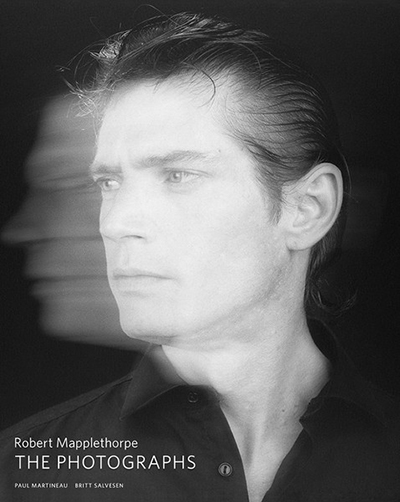
Robert Mapplethorpe THE PHOTOGRAPHS
Paul Martineau and Britt Salvesen
With essays by Philip Gefter, Jonathan D. Katz, Ryan Linkof, Richard Meyer, and Carol Squiers
340 pages
241 color
illustrations
Hardcover
9 1/2 x 12 inches.
ISBN 978-1-60606-469-6.
Getty Publications.
Imprint: J. Paul Getty Museum
2016
$59,95
LACMA Store
The GETTY Store
Sponsors
Support for the exhibition and its international tour has been provided by the Terra Foundation for American Art. Sponsored by Additional support is provided by the Brotman Foundation of California and the Wallis Annenberg Director’s Endowment Fund.
All exhibitions at LACMA are underwritten by the LACMA Exhibition Fund.
Major annual support is provided by Kitzia and Richard Goodman, with generous annual funding from Janet Chann and Michael Irwin in memory of George Chann, Louise and Brad Edgerton, Edgerton Foundation, Emily and Teddy Greenspan, Jenna and Jason Grosfeld, Lenore and Richard Wayne, and The Kenneth T. and Eileen L. Norris Foundation.
Links
LACMA (Los Angeles County Museum of Art)
J. Paul Getty Museum, Getty Center
Robert Mapplethorpe Portraits
Circa 1970, Portrait of Robert Mapplethorpe by Judy Linn (United States, Michigan, Detroit, born 1947). Fiber-based gelatin silver print. Image: 4 13/16 × 7 1/8 in. (12.22 × 18.1 cm) Gift of The Robert Mapplethorpe Foundation to The J. Paul Getty Trust and the Los Angeles County Museum of Art (M.2011.30.510)1974, Portrait of Robert Mapplethorpe by Francesco Scavullo (United States, New York, 1921 – 2004) Gelatin silver print. Image: 13 11/16 × 10 13/16 in. (34.77 × 27.46 cm) Jointly acquired by the Los Angeles County Museum of Art and The J. Paul Getty Trust. Partial gift of The Robert Mapplethorpe Foundation; partial purchase with funds provided by The J. Paul Getty Trust and the David Geffen Foundation. (M.2011.30.526.1)1980, Self-Portrait, Robert Mapplethorpe. New York, negative 1980, printed 1999. Image: 13 7/8 x 13 7/8 in. (35.2 x 35.2 cm) Sheet: 19 3/4 x 15 13/16 in. (50.2 x 40.1 cm) Mount: 19 3/4 x 15 13/16 in. (50.2 x 40.1 cm) Framed: 25 1/4 x 24 1/4 in. (64.1 x 61.6 cm) Promised Gift of The Robert Mapplethorpe Foundation to The J. Paul Getty Trust and the Los Angeles County Museum of Art (PG.2011.14.335)1980, Self-Portrait, Robert Mapplethorpe. New York, 1980, printed 2008. Gelatin silver print. Image: 13 3/4 × 13 3/4 in. (34.93 × 34.93 cm) Primary support: 19 7/8 × 15 7/8 in. (50.48 × 40.32 cm) Frame: 25 1/4 × 24 1/4 in. (64.14 × 61.6 cm) Promised Gift of The Robert Mapplethorpe Foundation to The J. Paul Getty Trust and the Los Angeles County Museum of Art (PG.2011.14.378)1986, Self-Portrait, Robert Mapplethorpe. New York, 1986, printed 2011. Gelatin silver print. Image: 19 3/16 × 19 3/16 in. (48.74 × 48.74 cm) Primary support: 24 × 20 in. (60.96 × 50.8 cm) Frame: 29 1/2 × 28 1/2 in. (74.93 × 72.39 cm) Promised Gift of The Robert Mapplethorpe Foundation to The J. Paul Getty Trust and the Los Angeles County Museum of Art (PG.2011.15.860)
1988, Robert Mapplethorpe, Self-Portrait. Platinum print Image: 58.7 × 48.3 cm (23 1/8 × 19 in.) Jointly acquired by the J. Paul Getty Trust and the Los Angeles County Museum of Art; partial gift of The Robert Mapplethorpe Foundation; partial purchase with funds provided by the J. Paul Getty Trust and the David Geffen Foundation, 2011.9.25. © Robert Mapplethorpe Foundation.